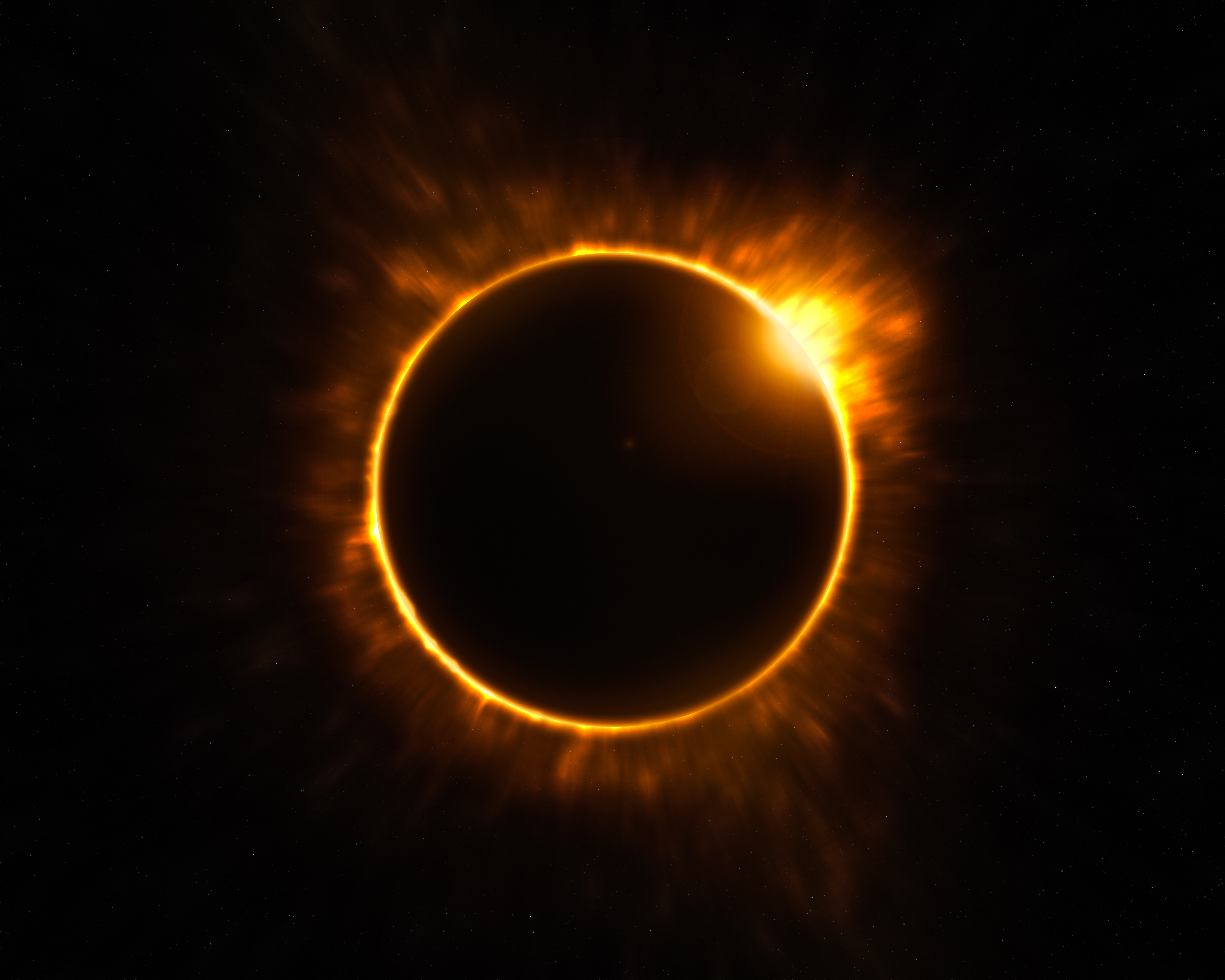
From 11 a.m. to 2 p.m. Monday, Aug. 21, Fort Hays State University’s Sternberg Museum of Natural History will be the place to be to view the 2017 Solar Eclipse. Brought to you by Sternberg, the Fort Hays State University Foundation, The Meckenstock Group and Dock’s Boat & RV. The staff at Sternberg will have a variety of eclipse-related activities and exhibits set up for children and adults, and viewing glasses will be available for purchase. Smokin’ Co. BBQ and Taco Riendo will be on hand offering their lunch specialties and Ice Cream Express will be on site for cool desserts.
Click HERE for the Facebook event page.
Check back for updated fun facts, videos and explanations of the once-in-a-lifetime celestial event!
Eclipse Fast Facts
The umbra (or dark inner shadow) of the moon will be traveling from west to east from almost 3,000 miles per hour (in western Oregon) to 1,500 miles per hour in South Carolina.
•The last total eclipse in the United States occurred on Feb. 26, 1979. The last total eclipse that crossed the entire continent occurred on June 8, 1918.
• The last time a total solar eclipse occurred exclusively in the U.S.was in 1778. — NASA
——————
Why is it not safe to look at the sun even when only a small part of it is visible?
The rods and cones in the human retina are very sensitive to light. Even a thin sliver of the sun’s disk covers thousands of these light-sensitive cells. Normally during daylight conditions, the iris contracts so that only a small amount of light passes through the lens and then reaches the retina. This level of indirect sunlight is perfectly OK and the eye has evolved over millions of years to safely see the daylight world under most circumstances.
The problem is that the sun’s surface is so bright that if you stare at any portion of it, no matter how small, it produces enough light to damage individual retinal cells. It takes a few seconds for this to happen, but afterwards you will see a spot as big as the solar surface you glimpsed when you look away from the sun at some other scenery. Depending on how long you gazed at the sun and how badly the retinal cells were damaged, this spot will either fade away in time or remain permanent.
You should never assume that you can look away quickly enough to avoid eye damage because every person is different in terms of their retinal sensitivity, and you do not want to risk being the one who damages their eyes just to try to look at the sun. If you want to see what the sun looks like, use a properly-equipped telescope. Or why not just go online and view thousands of pictures taken of the sun by telescopes and NASA spacecraft! — NASA
Videos courtesy NASA

